Ten days before...
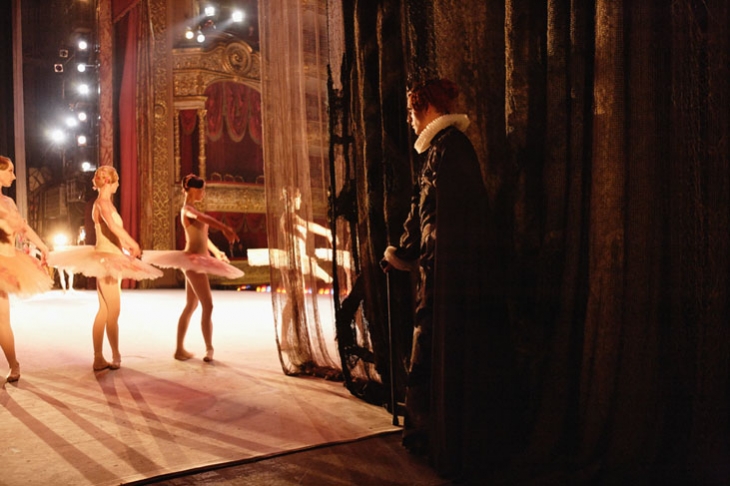
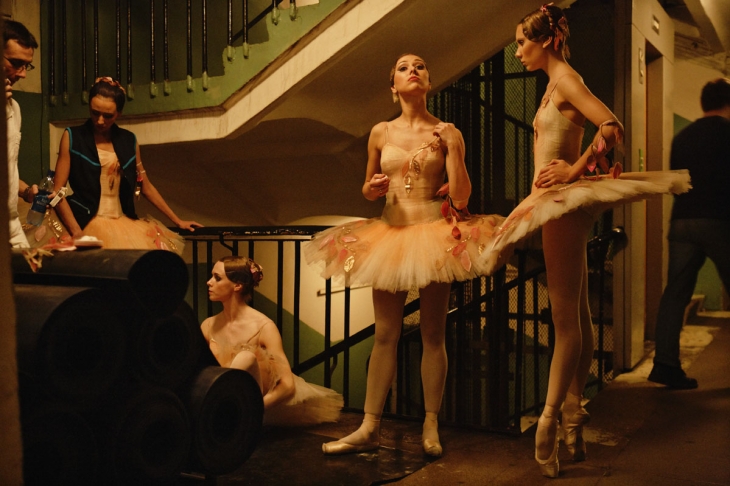
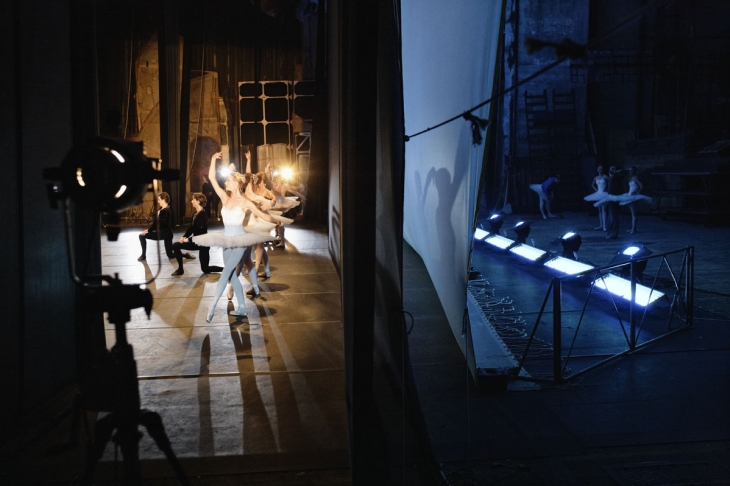
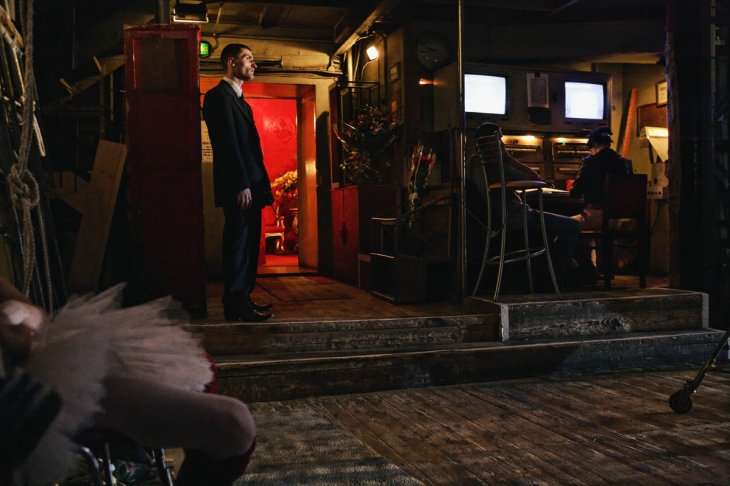
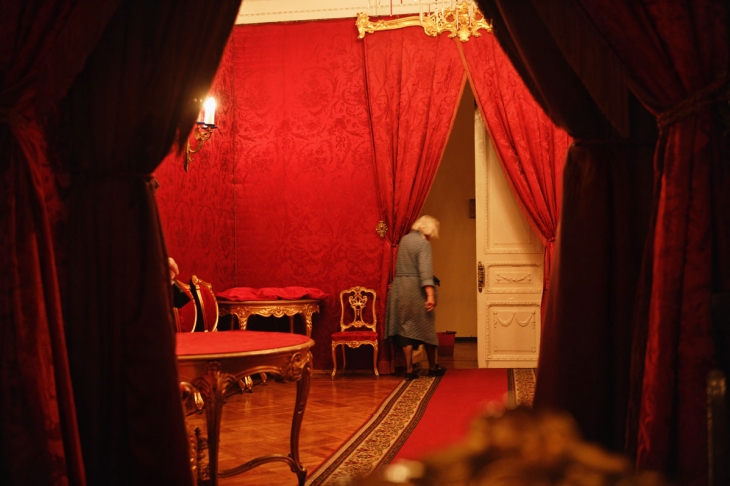
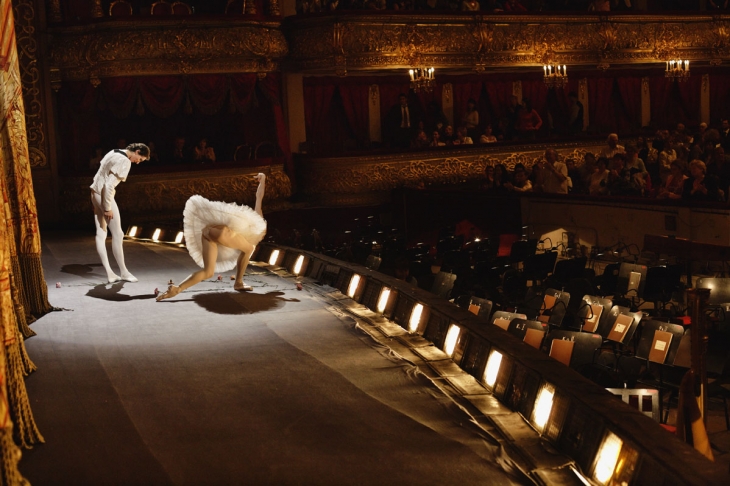
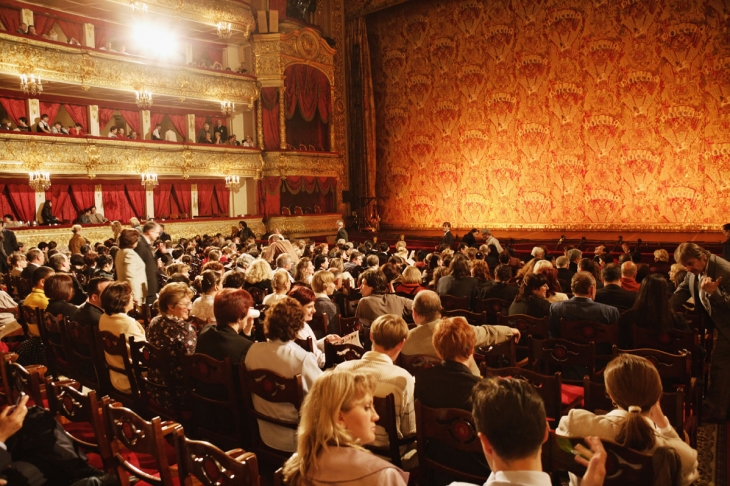
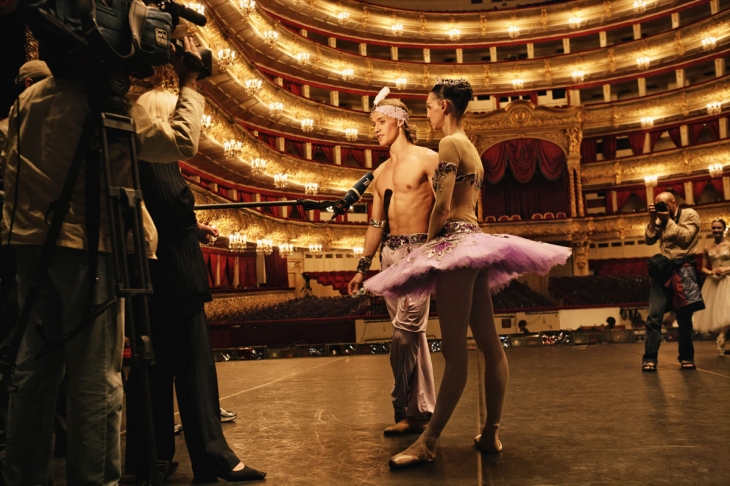
Vladimir Friedkes. From “Ten Days Before…” series. © Vladimir Fridkes
Vladimir Friedkes. From “Ten Days Before…” series. © Vladimir Fridkes
Vladimir Friedkes. From “Ten Days Before…” series. © Vladimir Fridkes
Vladimir Friedkes. From “Ten Days Before…” series. © Vladimir Fridkes
Vladimir Friedkes. From “Ten Days Before…” series. © Vladimir Fridkes
Vladimir Friedkes. From “Ten Days Before…” series. © Vladimir Fridkes
Vladimir Friedkes. From “Ten Days Before…” series. © Vladimir Fridkes
Vladimir Friedkes. From “Ten Days Before…” series. © Vladimir Fridkes
Moscow, 9.11.2011—15.01.2012
exhibition is over
Share with friends
The Multimedia Art Museum, Moscow presents an exhibition by Vladimir Fridkes. The celebrated photographer and permanent participant in the AES+F group is showing a series of works about the life of the Bolshoi Theatre.
For the press
Vladimir Fridkes works in the sphere of fashion photography and is the only Russian photo artist whose work has been used on a VOGUE magazine cover. He has received a number of prestigious awards — the Silver Wreath, the Astra national prize for fashion and style in photography, and the Fashion and Style in Photography Festival prize. Fridkes has participated in the Contemporary Art Biennale in Lyon (France) and the Biennale in Australia. Since 1995 photographer Vladimir Fridkes has been part of the AES+F group of media artists. He currently collaborates with VOGUE, Harpers Bazaar, ELLE, Marie Claire, Cosmopolitan and Sunday Times Style magazines, as well as other publications. The series of theatre images shown in this exhibition was not planned, and the photographer took them at his own initiative. After hearing in 2005 that the Bolshoi Theatre would close for repairs, I was struck by the realisation that all the old stage boards, the staircases hundreds of thousands and maybe millions of theatregoers had shuffled along, the curtains that had risen and fallen tens of thousands of times, all this, including the Soviet symbolism, would disappear. The famous cats that lived here would go, the odour would go, too. Maybe they will return, maybe not, but even then they will be different cats. The spirit of the theatre would leave this new old theatre to be replaced by a new one, and a new History would begin.
The photographs taken in the 10 days before the grandiose reconstruction began in 2005 are now a unique testimony to the vanishing era of the Old Bolshoi Theatre. Today we witness a new period in history for the Bolshoi, where the transforming stage permits any directorial concept to be realised and panoramic lifts ply between the underground concert hall and five historic tiers. The rising generation will remember it as a comfortable, luxurious and phenomenally well-equipped modern theatre. And these artistically interpreted yet documentary photographs of the old Imperial ’temple of the arts’ will have great historic value.
I have never photographed ballet and have no idea how dancers should ’properly’ look... I simply wandered about with my camera and scanned the spaces before me. And I realised the theatre was a whole organism. That is how I tried to look at it. Vladimir Fridkes’ lens captures fragments of the way the theatre operated, with two worlds existing onstage, separated by a thin boundary of stage décor. He records the actors before their stage exit and the ordinary workers that prepare this exit. Finally, he traces the grandiose scenic constructions laid bare by removal of the curtains.
As it turned out I went there 10 days running, as if I was going to work. On the last day they removed the curtains... and the theatre closed. For me the figure 10 became symbolic.
The exhibition displays 61 photographs, 9 of which were featured in the ’Bolshoi’ photo album published to celebrate the reopening of Russia’s most important theatre.



